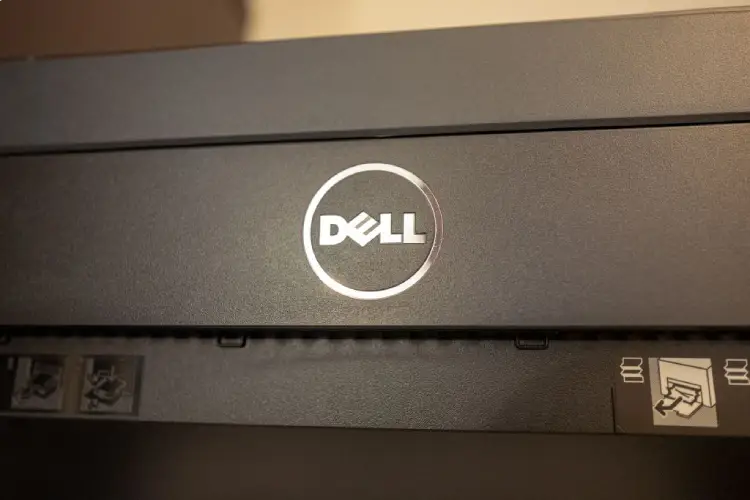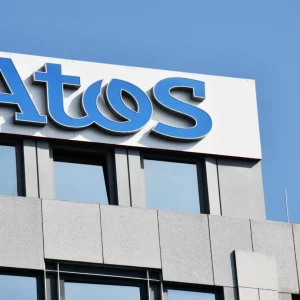
Dell today revealed an improved range of software for its on-premise data storage systems, which it says will offer customers better performance and a more secure environment. The announcement comes 24 hours after it unveiled a string of new products for its Apex multicloud platform, showing that the company is trying to provide for businesses running workloads across a hybrid, multicloud, environment. But Dell’s broad approach, embracing cloud and on-premise, may see it lose out to more focused rivals.

The enterprise IT giant says it has made over 500 software enhancements to PowerStore, PowerMax and PowerFlex products. When it comes to PowerStore, designed for general purpose workloads, Dell claims the changes will result in a 50% performance bump, while PowerMax, a system designed to support “mission critical” workloads, is getting a bunch of security upgrades, which will make it easier to detect attacks and recover data in the event of a breach.
“Organisations all over the world look to Dell to help them move faster while turning their data into a competitive advantage,” said Jeff Clarke, vice chairman and co-chief operating officer, Dell Technologies. “We’re delivering major software innovation across our portfolio to help customers make the most of their data and resources.”
These new on-premise innovations run contrary to Dell’s main stated strategy, which is to encourage customers to use their products as part of multi-cloud strategies.
Dell’s strategy: multi-cloud or a hybrid?
Dell launched its multicloud product, Apex, a year ago, offering customers the chance to manage workloads running on different public cloud providers through a single interface, and billing on a consumption model. This as-a-service approach was a bid to keep pace with rivals such as HPE and Cisco, which offer similar services through HPE Greenlake and Cisco Plus respectively.
The company’s board will also have observed that revenue from its infrastructure solutions group, which comprises cloud and on-premise services, has remained largely static for four years. Although overall revenue grew 17% in the last financial year, this was driven by the high demand for the laptops and desktop PCs built by the company’s client solutions group.
On Monday, Dell revealed the latest additions to Apex, including a recovery service to help businesses respond to cyberattacks, and a partnership with Snowflake to enable data stored on Dell servers or elsewhere to be easily transferred to the Snowflake Data Cloud for processing.
“Our customers want help reducing complexity and are seeking solutions that use a common approach to managing data wherever it lives – from public clouds, to the data center, to the edge," said Chuck Whitten, co-chief operating officer, Dell Technologies. “We are building a portfolio of software and services that simplifies on-premises and multi-cloud environments and offers.”
These announcements offer limited improvements to the Apex portfolio says Sid Nag, vice president for cloud services and technologies at Gartner. "Both Apex announcements on storage are really offering recovery back up and restore my environment options, but they're spinning it up as a cyber security solution," he says. "As for the Snowflake announcement, I don't really see the applicability."
Will Dell Apex be a success?
Nag says it is too early to judge the success of Apex, pointing out that a partnerships such as that signed with data centre operator Equinix, inked in January, has not had time to bear fruit. "Dell had to respond to HPE Greenlake, which was HPE going all out and saying the company was moving to a full-blown OpEx model," he says. "Dell hasn't done that. It is calling its approach multicloud, but its actually a hybrid because they're offering me the opportunity to have multiple solutions in the cloud and on-prem."
Greenlake came to the market a year before Apex, giving HPE considerable first mover advantage. Moreover, Nag says Dell may regret not choosing to go all-in on cloud. "Dell is a company at a crossroads, and they're trying to change the engine of a 747 in-flight," he says. "They're giving customers the choice [between cloud and on-premise] but eventually you have to tell your buyer that this is the world everyone is moving to and this is what you should choose. That way you can convince the customer to come along with you."
He adds: "At some point they will have to put their stick in the ground, because they’re definitely hedging their bets at the moment."






